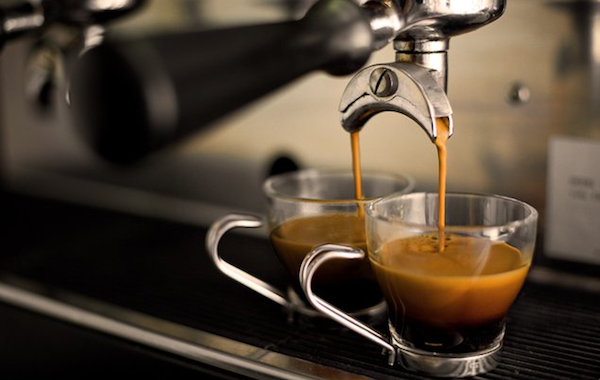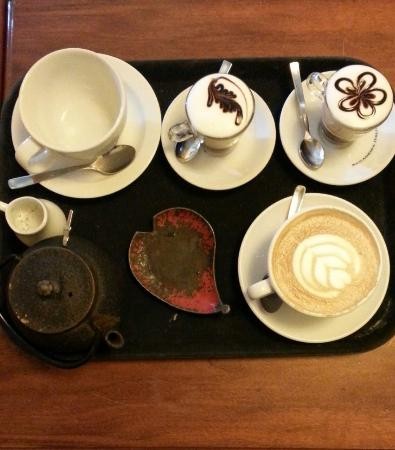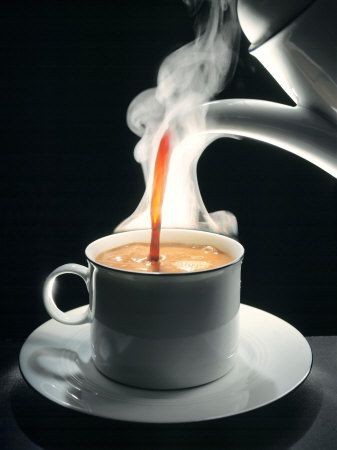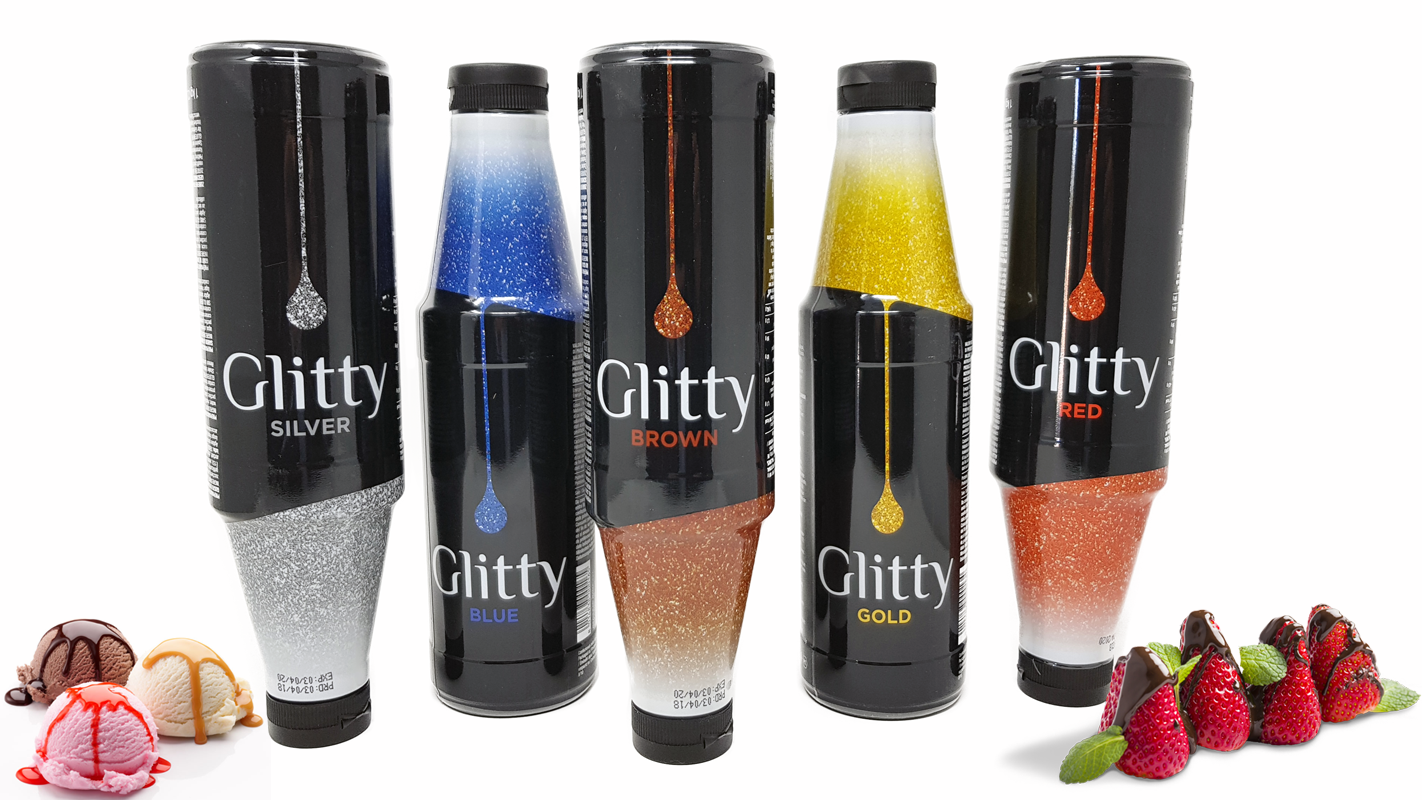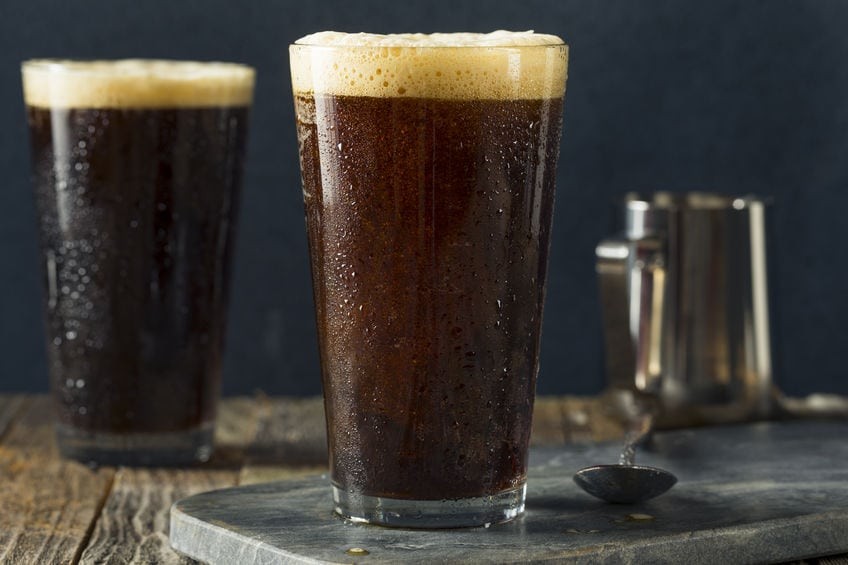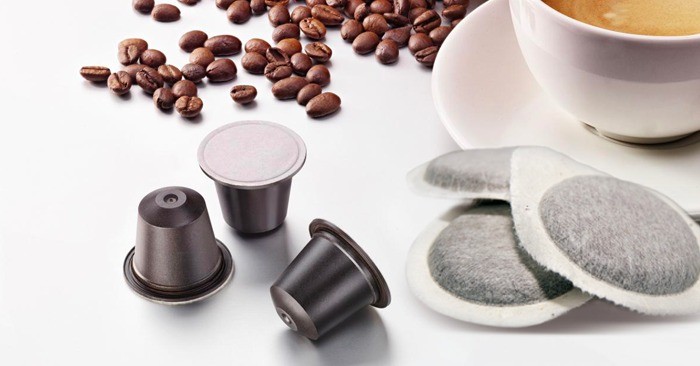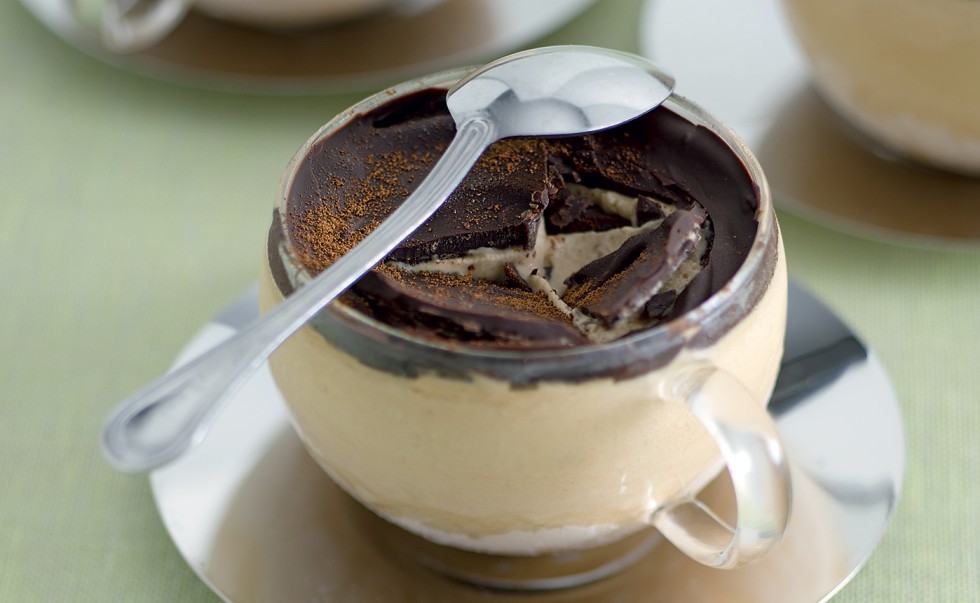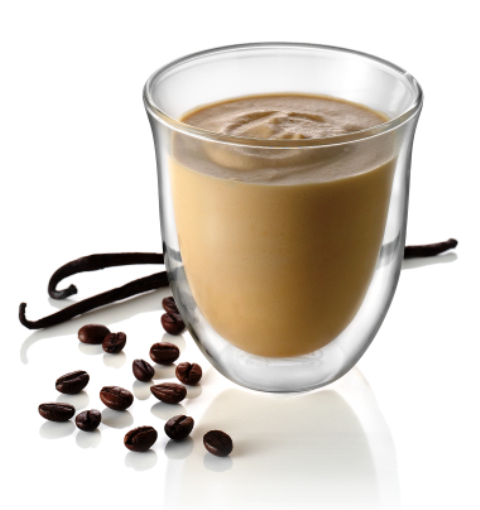Setting of the espresso coffee machine PRO
The espresso machine is a jewel of technology but it is still necessary to carry out regular maintenance if you want to keep churning out impeccable coffee cups. For example, every day you have to check the water pressure, the filters, the filter holders and the gaskets
HISTORY
The machine for preparing espresso coffee was born at the end of the nineteenth century by a precise need: to prepare coffee in a very short time and without having traces of the ground in the cup. It was understood that the perfect solution was clearly to pass the water through the ground at a certain pressure and let it flow on the other side full of aromas and taste, but not dust. But how can we get enough pressure? In 1901 a Bezzera model came out on the market that used steam to create pressure (and this involved many risks, such as the explosion of the machine itself).
About a third of a century passed and, in 1935, Francesco Illy had the brilliant idea of replacing the compressed air with steam, obtaining gratifying results. In 1945 Gaggia saw in the muscular strength the solution to all the problems of pressure creation and invented the famous lever machine that some companies, like the Neapolitan Bosco, are now bringing back into vogue.
In 1956 La Cimbali patented the first automatic hydraulic unit and in 1958 the thermal compensation system.
In 1961 Valente, founder of Faema, replaced an electric pump with the spring.
operation
The espresso machine is a prodigy of modern technology and is certainly the only machine able to allow a correct emulsion in the liquid of natural fats and colloids, the elements that give the drink aroma and syrupy. The most common model is the one with a continuous delivery pump. The operation can be summarized as follows. First of all it is necessary to sweeten the water coming from the water supply (it contains in fact a certain quantity of salts which could cause incrustations in the machine and consequent malfunctions). Thanks to the use of resin softeners, which are regenerated periodically with cooking salt, the amount of salts contained in the water is reduced to a hardness of about 9 French degrees. Through the use of a volumetric pump, the water is brought to a pressure of 9 atmospheres and pushed into a heat exchanger immersed in the boiler, thanks to which it reaches a temperature of 88 ± 2 ° C. In this way, water is obtained with correct pressure and temperature. it is important that the water temperature is in the indicated range, otherwise you will get an over-extracted or under-extracted coffee.
At this point the water continues its path towards the machine's delivery unit. This consists of a fixed part in which the filter holder must be hermetically sealed, which must have a temperature of 76-80 ° C. The filter holder in turn contains the filter, which is loaded with properly pressed ground coffee. The water on the coffee panel inside the filter is distributed homogeneously through a shower. First we have the so-called pre-infusion from the duration of a few seconds: the powder inflates and absorbs about 4 milliliters of water per gram. Thus the cake reaches the desired permeability and begins the extraction of the components that make the espresso noble and delicious. Afterwards, in about 25 seconds, the right dose in the cup is dispensed. At this point we have a nice espresso cup: a persistent cream of 2-3 mm reddish brown with dark brown streaks, a dense body, a rich and balanced aroma, sweet and fragrant with a long persistence in the mouth.
The machine described above has a single boiler which must be used both to obtain hot water and steam for the services and to heat the water necessary for the preparation of the coffee in a bain-marie. This use of the same resources for several purposes can however cause a thermal imbalance with consequent damage to the quality of the espresso. To overcome this, the most advanced machines have two separate boilers, so that one is designed exclusively to heat the water used for extraction. Given a look at the past and the present, we mention the future. First of all, we reserve machines with an integrated coffee grinder, in order to guarantee an always fragrant powder (to be honest, we are even thinking of machines with multiple grinders, so as to be able to offer the customer the best mix). In addition, automation is becoming increasingly common. Thanks to this it is increasingly possible to obtain good quality products even when not all the staff of the room is qualified because, with the help of electronics, the machine simulates the manual skills of the expert barista, without making mistakes due to fatigue or distraction. So only a qualified barista is enough to always get an excellent espresso.
HE NUMBERS TO NEVER FORGET 90 ° - 9 bar - 7gr
There are some numbers that must be memorized to make sure that the espresso is always of excellent quality.
3 kilos: maximum daily quantity of coffee to be treated for a flat grinder doser. If it is exceeded, it is time to think about investing in a conical mill grinder-doser;
3 times a day: minimum number of tastings that the specialist must perform to personally verify the quality of the espresso that serves his customers;
6 days: maximum time that you can leave the grinder-dispenser's bell without cleaning it;
7 grams: minimum dose of ground to prepare the espresso;
9 French degrees: recommended water hardness for espresso;
9 atmospheres: optimal water pressure during espresso extraction;
30 seconds: maximum time to serve coffee;
30 seconds: time already passed for espresso extraction (the correct time is 25);
60 minutes: maximum time for stopping the ground coffee in the coffee grinder;
60 milliliters: average capacity of the espresso cup;
90 degrees: correct water temperature for espresso extraction.
[Source: International Institute of Coffee Tasters]
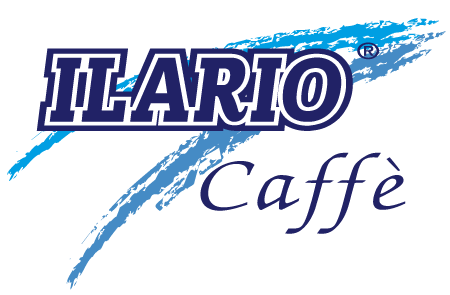
 English
English Italiano
Italiano